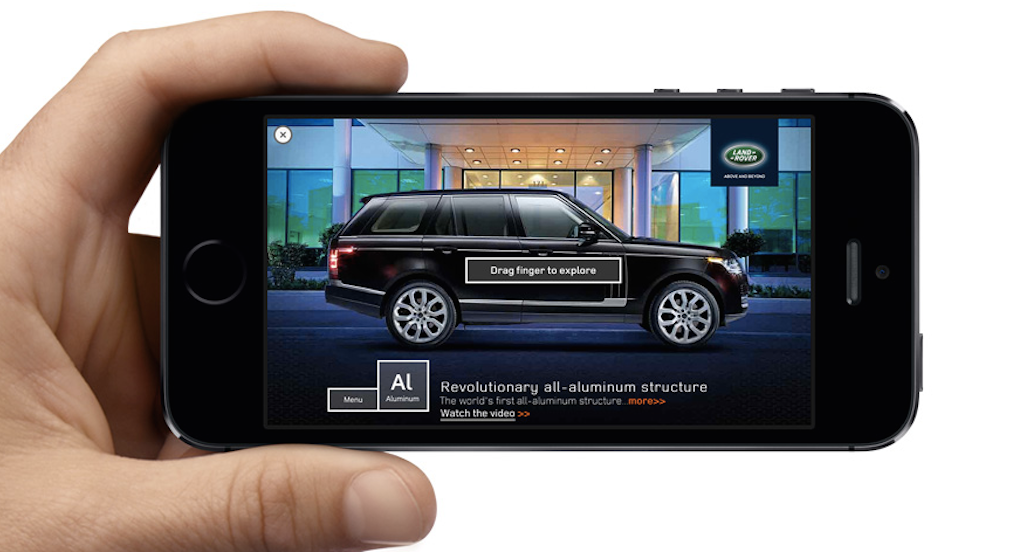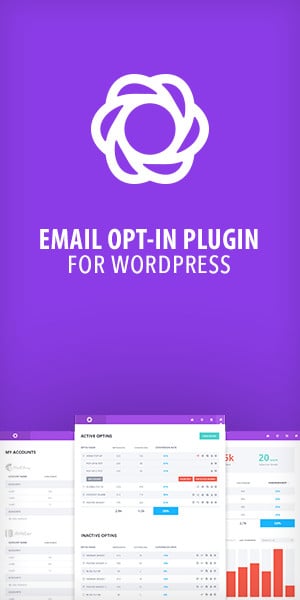In today’s competitive digital marketplace, retargeting ads have become one of the most effective tools for businesses to re-engage potential customers. By targeting users who have already shown interest in your products or services but didn’t complete a purchase or desired action, retargeting helps brands stay top-of-mind and increases the likelihood of conversion. Whether you’re running an e-commerce store or a service-based business, retargeting ads can significantly boost engagement, drive conversions, and improve overall marketing ROI. In this blog, we’ll explore how retargeting works and the strategies that make it so powerful.
1. What Are Retargeting Ads?

Retargeting ads are a form of online advertising targeting users who have previously visited your website, engaged with your content, or shown interest in your offerings. These ads follow users across different platforms, reminding them of your brand and encouraging them to take action, whether completing a purchase, signing up for a service, or simply returning to your site.
How Retargeting Works:
- Tracking User Behavior: Retargeting relies on cookies or pixels to track user activity on your website. When a visitor leaves without converting, the cookie triggers ads to be shown to that user across various platforms, including social media and display networks.
- Ad Placement: Retargeting ads can appear on websites, in mobile apps, or on social media platforms like Facebook, Instagram, and Google Display Network, ensuring your brand stays visible even after the user has left your site.
2. Benefits of Retargeting Ads
Retargeting is one of the most effective forms of digital advertising, offering numerous benefits for businesses of all sizes. Here are some of the key advantages:
1. Increased Conversions:
Retargeting ads focus on users already familiar with your brand, making them more likely to convert. Since these users have shown interest in your offerings, retargeting serves as a reminder and gently nudges them toward completing their transaction.
2. Improved Brand Recall:
Even if users don’t convert immediately, retargeting ads keep your brand in their minds. By consistently showing relevant ads, users are more likely to remember your brand and return to your site when they decide.
3. Cost-Effective Advertising:
Since retargeting targets a specific group of users who are already interested in your brand, it tends to have higher engagement and conversion rates. This makes retargeting more cost-effective than general display ads targeting a broader audience.
4. Personalized User Experience:
Retargeting allows for highly personalized ads based on a user’s browsing behavior. For example, if a user viewed a specific product but didn’t complete a purchase, retargeting can display ads featuring that product, increasing conversion chances.
3. Types of Retargeting Ads

There are several types of retargeting ads that you can leverage depending on your goals and where your audience is most active. Here are the main types of retargeting ads:
1. Site Retargeting:
This is the most common form of retargeting, where ads are shown to users who have visited your website but did not take the desired action. For example, if a visitor browses a product but doesn’t purchase it, you can retarget them with an ad featuring that product.
2. Search Retargeting:
Search retargeting focuses on users who have searched for specific keywords related to your business. Even if they haven’t visited your website yet, you can serve ads based on their search queries, helping you reach users with strong purchase intent.
3. Social Media Retargeting:
Platforms like Facebook and Instagram offer robust retargeting capabilities. For example, you can use Facebook Pixel to target users with personalized ads on their social media feeds based on their interactions with your website.
4. Email Retargeting:
This type of retargeting involves sending targeted emails to users who abandoned their carts or browsed your site but didn’t convert. These emails can contain personalized offers or reminders, helping to bring users back to your site.
4. Best Practices for Retargeting Ads
While retargeting ads are powerful, several best practices must be followed to ensure they are effective and don’t overwhelm users.
1. Segment Your Audience:
Not all visitors are at the same stage in their buyer’s journey. You can create more targeted and relevant ads by segmenting your audience based on their behavior (e.g., users who viewed a product vs. users who abandoned their cart).
2. Set Frequency Caps:
Showing the same ad too frequently can annoy users and lead to ad fatigue. Set frequency caps to limit how many times a user sees your retargeting ad, ensuring your message remains effective without being overwhelming.
3. Use Dynamic Retargeting:
Dynamic retargeting allows you to automatically show users the products or services they viewed on your website. This personalized approach has been proven to increase conversion rates and engagement.
4. Offer Incentives:
Including a special discount, free shipping, or a limited-time offer in your retargeting ads can provide users the extra push to complete a purchase. Incentives can help convert hesitant buyers into paying customers.
5. Test and Optimize:
Retargeting ads are most effective when regularly tested and optimized. A/B testing different ad creatives, messaging, and call-to-actions will help you determine what resonates best with your audience and improve your overall campaign performance.
5. Retargeting Ads in Action: Case Studies
To better understand the effectiveness of retargeting ads, let’s look at a few real-world examples of brands that have successfully implemented retargeting campaigns:
1. Airbnb:
Airbnb uses retargeting ads to encourage users to complete their bookings. After users browse specific properties, Airbnb retargets them with ads featuring those properties and personalized recommendations for similar listings. This strategy has significantly increased Airbnb’s conversions and engagement.
2. Amazon:
Amazon is known for its highly effective retargeting ads. After a user views a product on Amazon but doesn’t complete a purchase, they will likely see ads for that product (or similar ones) across multiple platforms. Amazon’s dynamic retargeting campaigns help drive users back to their site, resulting in high conversion rates.
Maximizing the Power of Retargeting Ads
Retargeting ads are a powerful tool for brands looking to reconnect with users who have already shown interest in their products or services. By implementing personalized, well-timed retargeting campaigns, businesses can boost conversions, improve brand recall, and make their digital advertising efforts more cost-effective. Whether you’re an e-commerce business aiming to reduce cart abandonment or a service provider looking to re-engage potential clients, retargeting ads are essential to any modern marketing strategy.







